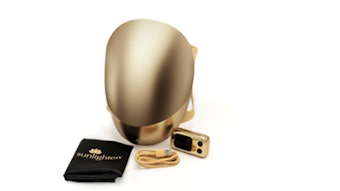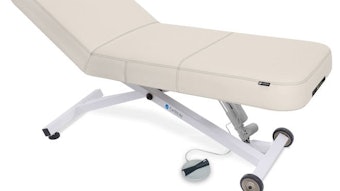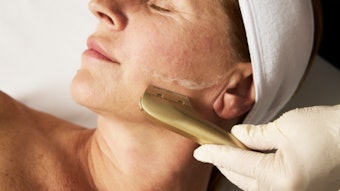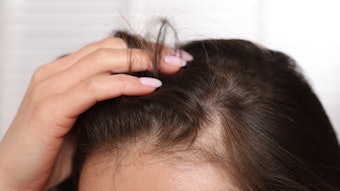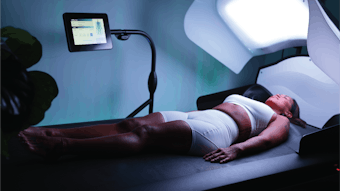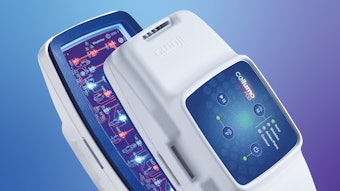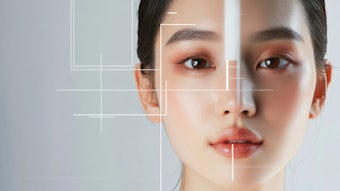
History has proven time and again that when economies hit downturns, two industries usually remain strong—entertainment and beauty. During the Great Depression (1929–1939), banks, farms and businesses failed, disillusioning an entire country. At the same time, the much-needed escape provided by entertainment and beauty remained not only constant, but it grew.
According to the Global Spa Benchmark Report from 2009 compiled by Intelligent Spas, spa industry revenue predictions originally forecast during the last quarter of 2008 were revised down 9.4% for 2009. However, the International SPA Association’s (ISPA) 2009 U.S. Spa Industry Update found that overall industry revenues continued to grow at an annual rate of 17.8%. There also appears to be a certain amount of reshuffling as some spas close their doors, and others report an increase in revenue and client base. Although this may be attributed to the slow economy, it may also be a natural growth indicator of the industry. What this means for you is that the spa industry is still going strong, but the field is narrowing and competition is fierce. Recognizing trends and acting on the ones that appeal to your clients is one way to keep your business in the game.
Phototherapy
According to the 2008 trends survey by the American Academy of Facial Plastic and Reconstructive Surgery (AAFPRS), expensive, invasive skin care treatments and rejuvenation procedures are losing their edge in this economy as clients seek more affordable, less severe options. This presents an interesting opportunity for spas. Despite tight budgets, decreased profit projections and overall belt-tightening, it may be worth investing in phototherapy equipment. Phototherapy is a broad term used to describe treatment procedures that utilize light. The spa industry typically relates it to treatments of skin conditions using intense pulsed light (IPL) or lasers. Phototherapy equipment emits the light and heat energy that is used in treating skin. The ability to offer noninvasive, nonabrasive skin treatments may help your business weather this economic storm and place it in a winning position when the clouds clear.
How can phototherapy equipment help? Investing in phototherapy systems is an efficient way to increase menu offerings, keep up with the latest skin treatments and provide clients with more affordable skin care solutions. Today’s clients are exploring their options and becoming more discerning in their choices about where to spend money and on what services. Many spas have reported that some clients have stopped coming in regularly—even completely—while others have chosen to go elsewhere for less expensive and less invasive treatments. Attracting this loose clientele with photorejuvenation or photoepilation can help to grow a shrinking client base. Offering these treatments may not only bring in more clients, but they also may help keep current clientele from seeking the same types of services elsewhere.
How it works
Phototherapy works by light interacting with chromophores—chemical groups in the skin that absorb light on a specific wavelength. The light interacts with the targeted chromophore and produces the desired reaction. Hair removal, sagging, dullness, wrinkles, sun spots, spider veins and acne can all be treated using phototherapy. An efficient system can treat multiple conditions from one platform, saving the need to invest in more than one unit. Phototherapy treatments are considered fast, safe and virtually painless with very little, if any, downtime. The cost to the client is much less than surgery, injections or lasers, and the results are impressive, with a high rate of client satisfaction.
The price of phototherapy devices varies broadly depending on applications and energy levels. For spas, low-energy devices average approximately $3,500 and for clinics, they can cost $45,000 or more. Laser devices can range from $80,000–150,000. On average, spas can charge $250 for a 75-minute microphototherapy treatment and, in a clinical setting, $400–600 is the average charge for a photofacial.
Accredited cosmetician Susan Harubin is the owner and operator of the Zen Glow Skin Care & Day Spa in Wolfeboro, New Hampshire. She recently invested in a small, multi-application phototherapy system for hair removal, pigmented and vascular lesion treatment, skin rejuvenation and wrinkle reduction. “If someone told me a year ago that I would be making a major purchase to add to my practice, I wouldn’t have believed it,” Harubin says. “ ‘Too expensive,’ I would have said. ‘I can’t afford it,’ I would argue. Well, guess what? I did, and I am thrilled to report that it was the best purchase I have ever made.”
Do your research
Harubin emphasizes the importance of doing research to find the right machine. In her case, she needed a results-oriented, easy-to-use, affordable system that would enable her to deliver photofacials and hair removal at reasonable prices. Due to the diverse ethnicity of her clientele, she also wanted a system that would safely treat a wide range of skin types and hair colors. Many machines can be used on all skin types, but light-based devices are typically ineffective in removing hair that lacks pigment, such as blond or gray.
Phototherapy treatments enable spas to upgrade and expand service menus to include a wide range of treatments. Each business and location has its own special needs and circumstances. Before investing in any system, do the research. Understand what your clients are seeking and how much they are willing to pay. Phototherapy is a wonderful tool to help maintain relevance and individuality in an already-saturated market, but is it right for your existing and potential clients? Look for a system backed by a reliable, established company that offers after-sales support covering both marketing and service.
Find the system that is right for you. Does it provide all the treatments you want in one package? Do you have to buy additional accessories for different services? What are the costs of maintenance and replacement parts? Does the price fit into your business plan? Keep in mind that today’s is a buyer’s market. Companies are eager to sell and may have more flexible financing and payment options than they did at this time last year. Market research is no guarantee, but it will help narrow down your possibilities and allow you to make the most informed decision possible.
Look to the future
Smart business owners know when to expand and can look to the future without ignoring the reality of the present. If the beauty field continues to follow historic precedent, people will continue to spend, albeit more wisely and more frugally. Taking positive action by keeping your menu offerings relevant will help build a stronger client base, even today. And for tomorrow, when spending is on a rise, your business will already be in a strong position as a respected and experienced establishment for quality, high-end skin care.

